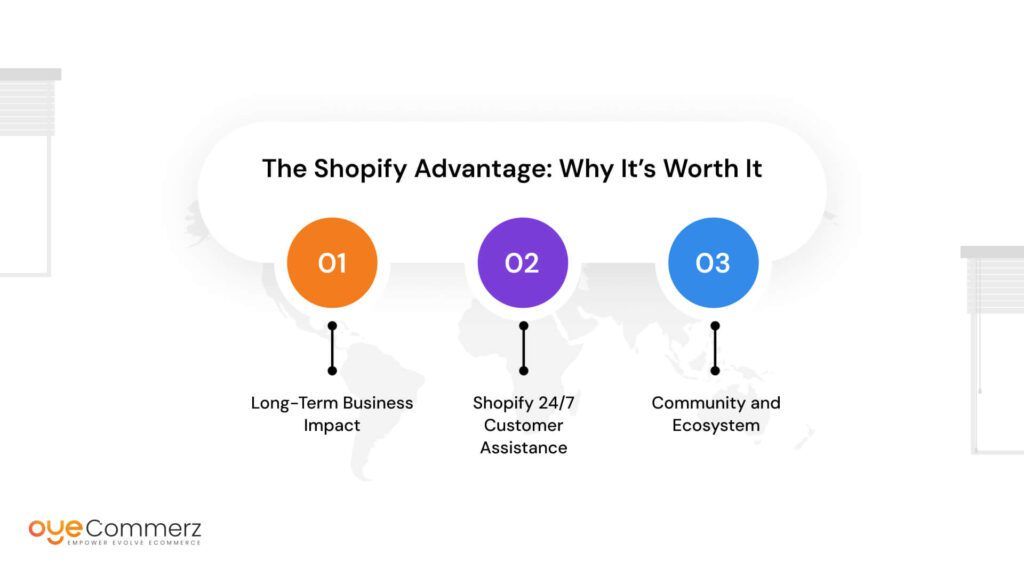In the current online landscape, choosing the right e-commerce solution is crucial for business success. If you are presently using Wix but are considering a move to Shopify, you're not alone. Many businesses are transitioning to Shopify to take advantage of its robust features, expandability, and dedicated e-commerce solutions. This guide will walk you through the transition process, ensuring a seamless transition and setting you up for e-commerce success.
Why Migrate from Wix to Shopify?
Before diving into the transition process, it's important to recognize why Shopify could be a better fit for your e-commerce requirements:
- Specialization: In contrast to Wix, which caters to various website types, Shopify is engineered exclusively for e-commerce, offering sophisticated features and functionalities tailored for online selling.
- Growth Potential: As your company grows, Shopify can easily accommodate increased traffic and transactions capacity without compromising efficiency.
- Extensive App Library: Shopify offers a vast collection of apps that can boost your store's capabilities, from marketing tools to stock control solutions.
- SEO Capabilities: Shopify offers superior SEO options, which can help improving your store’s visibility on search engines.
- Transaction Methods: With numerous transaction platforms supported, including Shopify Payments, you can offer shoppers a wide range of payment methods.
Getting Ready for Migration
To ensure a smooth migration from Wix to Shopify, follow these preparation steps:
1. Save Your Information
Download all your information from Wix, including item information, customer information, and order history. This process is crucial as it guarantees you have a copy of all data before initiating the migration.
2. Choose Your Shopify Plan
Evaluate the various Shopify subscriptions available and select one that best suits your business needs. Consider factors such as transaction fees, features included, and scalability options.
3. 301 redirects Create Your Shopify Profile
Create your Shopify account and explore the platform’s dashboard and tools.
The Transition Process
Now that you are prepared, it’s time to migrate your store from Wix to Shopify. Here’s how:
1. Import Products
Utilize Shopify's integrated migration utility or third-party tools like Cart2Cart or LitExtension to transfer your items from Wix to Shopify.
Make sure that product descriptions, pictures, costs, and variants are correctly transferred.
2. Cart2Cart Migrate Client Information
Upload client details such as user names and contact info into your new Shopify store. This step is critical for retaining client connections and advertising strategies.
3. Set Up Payment Gateways
Configure payment gateways in your Shopify store to guarantee seamless transactions. You can choose from various options like credit cards, PayPal, and more.
4. Personalize Your Store Design
Choose a design that aligns with your business image. Customize it using Shopify's customization options to create an attractive and user-friendly shopping experience.
5. Search Engine Optimization
Apply SEO strategies during the transition process:
- Set up 301 redirects from old Wix URLs to new Shopify URLs.
- Enhance item names, descriptions, and images with targeted search terms.
- Update meta tags and alt texts for better search engine visibility.
After Migration Steps
Once your store is live on Shopify, consider these follow-up steps:
1. Check Your Website
Perform thorough testing of your new store:
- Verify product pages for accuracy.
- Test payment processes.
- Make sure all links work correctly.
2. Promote Your Store
Broadcast your new store launch through newsletters and social media channels.
Consider offering special offers or sales to attract customers.
3. Track Your Progress
Leverage analytics tools within Shopify to track revenue growth and customer behavior.
Adjust your strategies based on data insights.
Conclusion
Migrating from Wix to Shopify can significantly improve your e-commerce potential and lay the foundation for growth and achievement. By following this manual and taking a systematic approach to the migration process, you can ensure a smooth move that minimizes downtime and boosts opportunities for revenue. Welcome the change and watch your online store thrive on its new platform!
